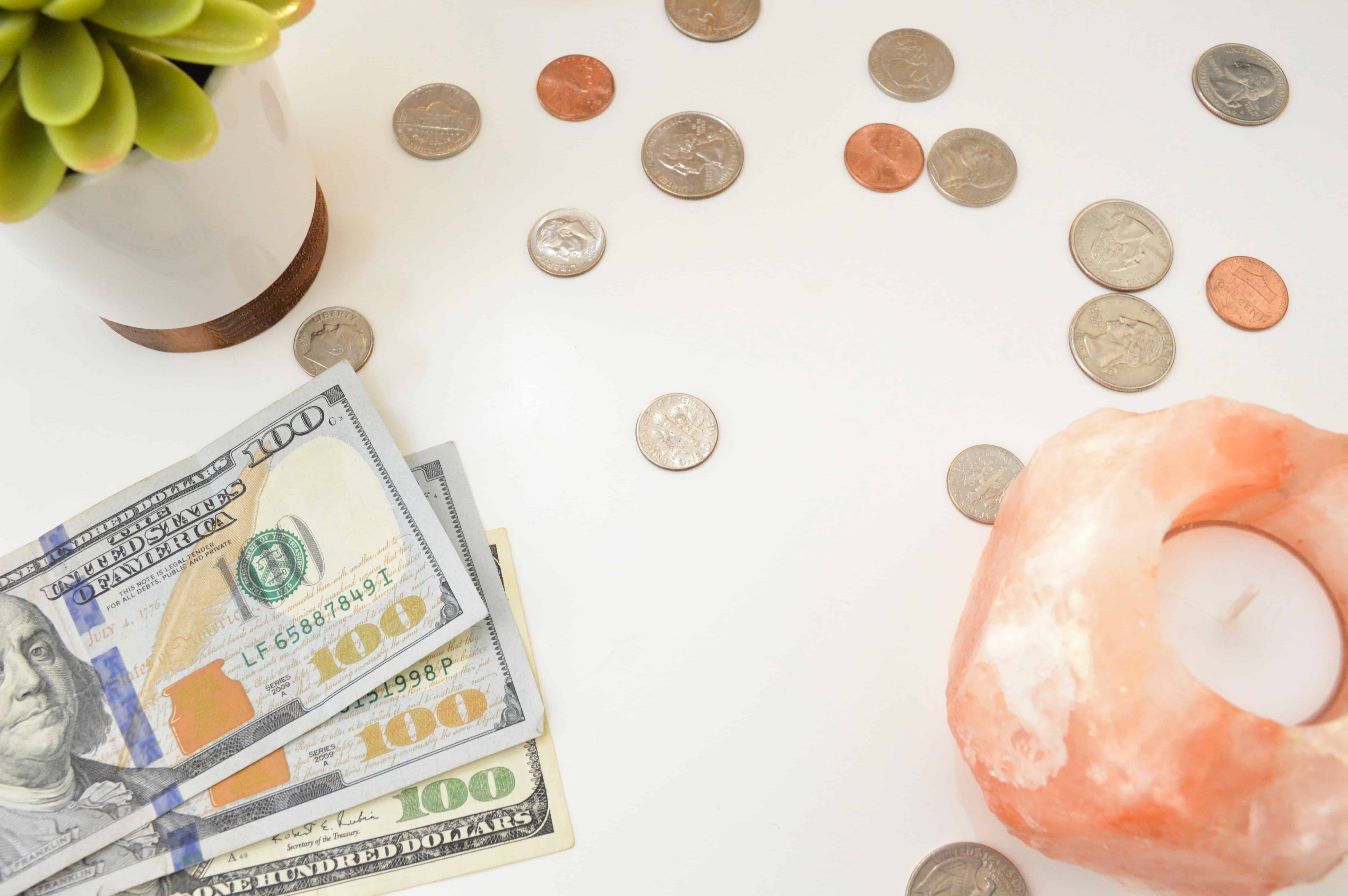The math says you should focus on your highest-interest rate debt first, while psychology says you’re better off starting with the smallest and working your way up. This is the idea behind the two best debt payoff strategies.
If you’re a millennial (like me) then everyone already assumes we’re in debt. When you have more than one source it can seem overwhelming and hard to decide where to start.
Trust me you’re not alone, millions of people are struggling with student loans, massive credit card balances, mortgages and car loans. Obviously getting out of debt is easier said then done, but not having to set aside a chunk of that paycheck each month will feel like a huge upgrade to your bank account and it will thank you.
I’ve had to pay off debt in the past and let me tell ya, it has a compounding effect. Less debt=more money in your pocket=more freedom.
In reality it seems the best starting point is one that you’re going to stick with.
I think two of the best forms of debt payoff strategies are the debt snowball and debt avalanche.
Debt snowball: Payoff the smallest debts first
With the debt snow ball, the idea is to organize your debts from smallest to largest. Each month you pay the required minimum on the larger amounts, and squeeze all possible budget dollars to make the largest payment on your smallest outstanding debt.
As each loan, credit card, etc. is paid off the feeling of getting closer to being debt free will begin to snowball. You’ll have more money to payoff your larger balances, and the feeling that you’re making a real dent.
A simple psychological trick, but definitely effective if you want to help jump start the pay down process.
Debt avalanche: Payoff the most expensive debt
The second strategy is similar to the debt snowball with one key difference: instead of paying off the smallest amount first, you’ll instead focus on paying down the highest-interest rate debt.
If we do some quick math you’ll find that paying off the high-interest rate debt first will save you money in the long run and lead to a faster payoff vs. the debt snowball strategy.
Say you have a $1,000 loan at 5% interest and a $5,000 loan at 10% interest. If we overly simplify the math the $1,000 loan payment is $50 while the $5,000 loan is $500.
While it’s quicker to pay off the $1,000 loan first, if you choose to pay off the larger loan instead you’ll end up with $500 extra saved to put towards the smaller loan.
But in the end it doesn’t matter where you start, but rather you start somewhere
There are definitely advantages to starting with either strategy. Maybe even combine the two and see if that works for you instead! The key is picking a debt pay off strategy that works for you and sticking to it.
Whatever you do, don’t ignore your debt. High balances will hurt your credit score in the long run and make it harder to get a loan in the future. It’s definitely easy to get in the mindset of only paying off the minimum amount each month. (I have definitely been there before). However, this will lead to bigger expenses and a slower payoff.
Some times paying off your debt requires difficult budgeting choices and extra hustle to boost your income. Don’t lose sight of the end goal. Having extra money at the end of the month because you paid off all your debts will put a smile on your face.
You won’t regret it.
